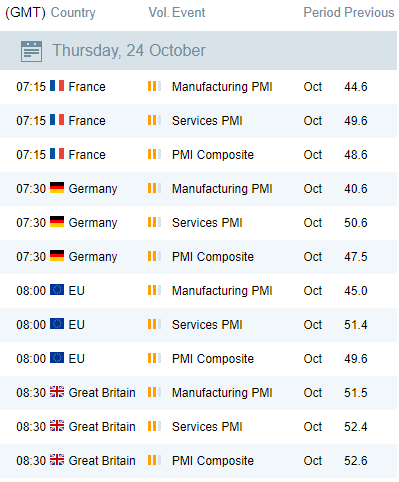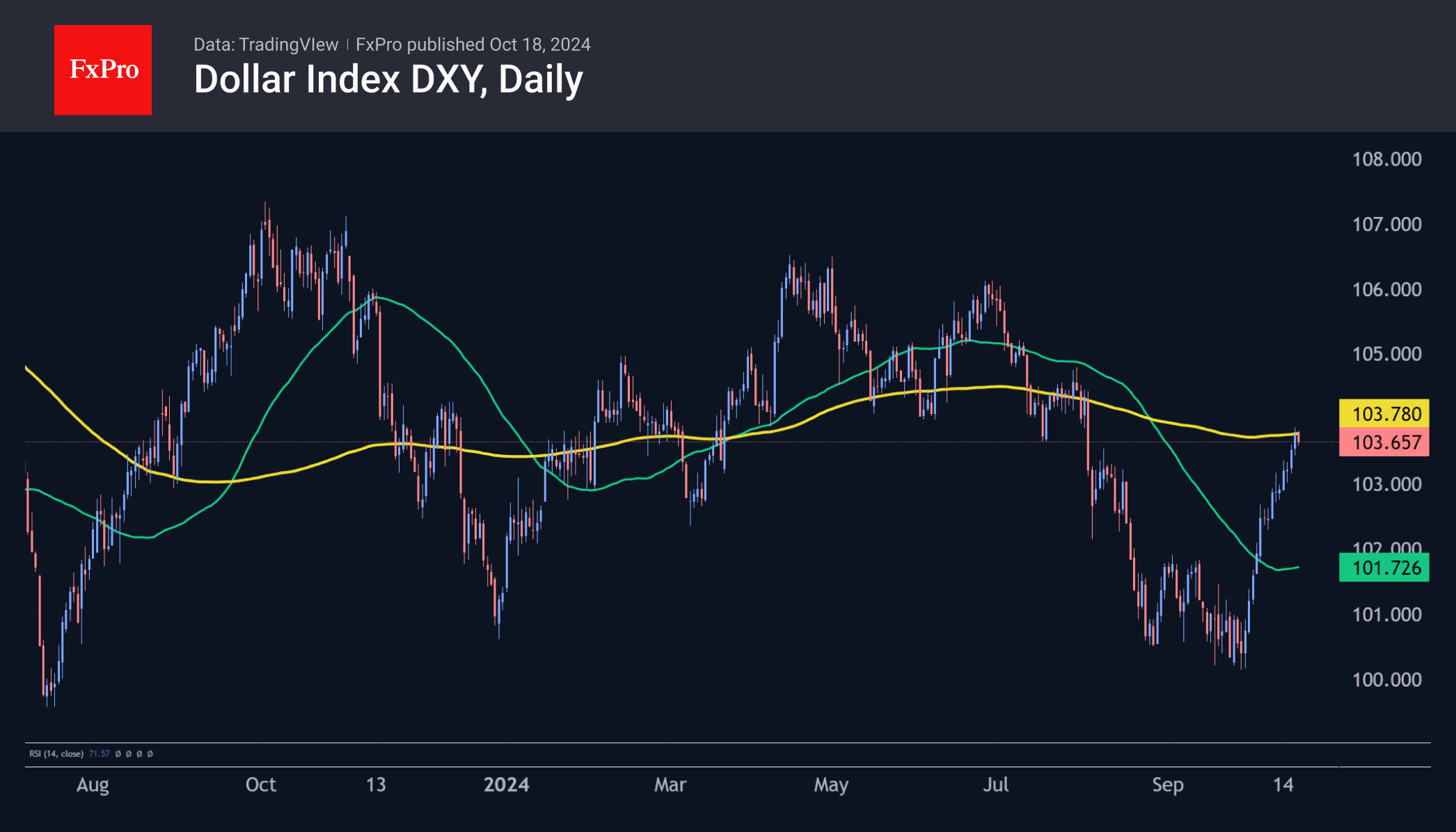July consumer prices jump 5.4%, but core inflation rises less than expected
August 11, 2021 @ 20:41 +03:00

Prices that Americans pay for everyday goods and services accelerated in July as pent-up demand for travel and restaurants kept inflation hot, but about where economists had expected. The Labor Department reported Wednesday that its consumer price index rose 5.4% in July from a year earlier, in line with June’s figure and matching the largest jump since August 2008.
The government said CPI increased 0.5% on a month-over-month basis, matching a consensus forecast from economists surveyed by Dow Jones. So-called core inflation, which excludes energy and food, rose by 0.3% last month, shy of a forecasted 0.4% increase and well below June’s rise of 0.9%. The core figure is up 4.3% over the last year, a slight deceleration from June’s 4.5%.
Economists often consider core CPI to be a more reliable indicator since it’s insulated from the frequent swings in petroleum and food prices. Sharp decelerations in inflation in select areas of the economy that had seen rapid price increases in the spring helped keep the headline numbers in check. Used car and truck prices, which rose rapidly between April and June as Americans looked to vacation, gained just 0.2% in July after a climb of more than 10% in the prior month. Apparel prices were flat after a 0.7% increase in June, and transportation services prices actually declined after a pop of more than 1% at the end of the second quarter. The Federal Reserve has been keeping a close eye on inflation reports since it’s the central bank’s job to maximize employment and keep prices stable.
Chairman Jerome Powell and other officials acknowledge the recent acceleration in prices but believe that the inflation is “transitory” and that prices won’t continue to increase at their current pace for too long.
The Fed has kept interest rates near zero for the past 12 months and continues to flush financial markets with $120 billion in emergency monthly bond purchases. Some members of the central bank, including Vice Chair Richard Clarida, have started to give forecasts for eventual interest-rate increases. As one of the most-cited inflation gauges, the consumer price index measures changes in how much American consumers pay for everyday goods and services including groceries, gasoline, clothes, restaurant meals, haircuts, concerts and automobiles.
The CPI and other price measures have been on the rise in 2021 in large part thanks to a comeback in consumer spending and U.S. gross domestic product as Covid restrictions eased. Economic activity as measured by GDP rose at an annualized rate of 6.5% in the second quarter as Americans flocked to restaurants, headed for summer vacations and otherwise resumed activities that Covid-19 had hindered.
July consumer prices jump 5.4%, but core inflation rises less than expected, CNBC, Aug 12








 GBP | BOE Governor Andrew Bailey Speaks
GBP | BOE Governor Andrew Bailey Speaks